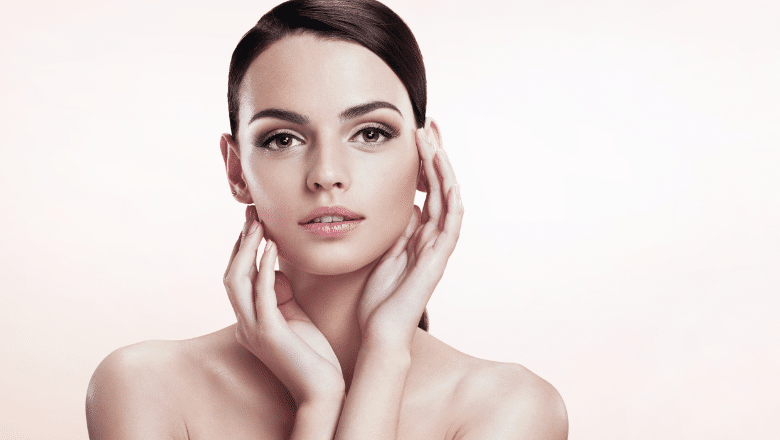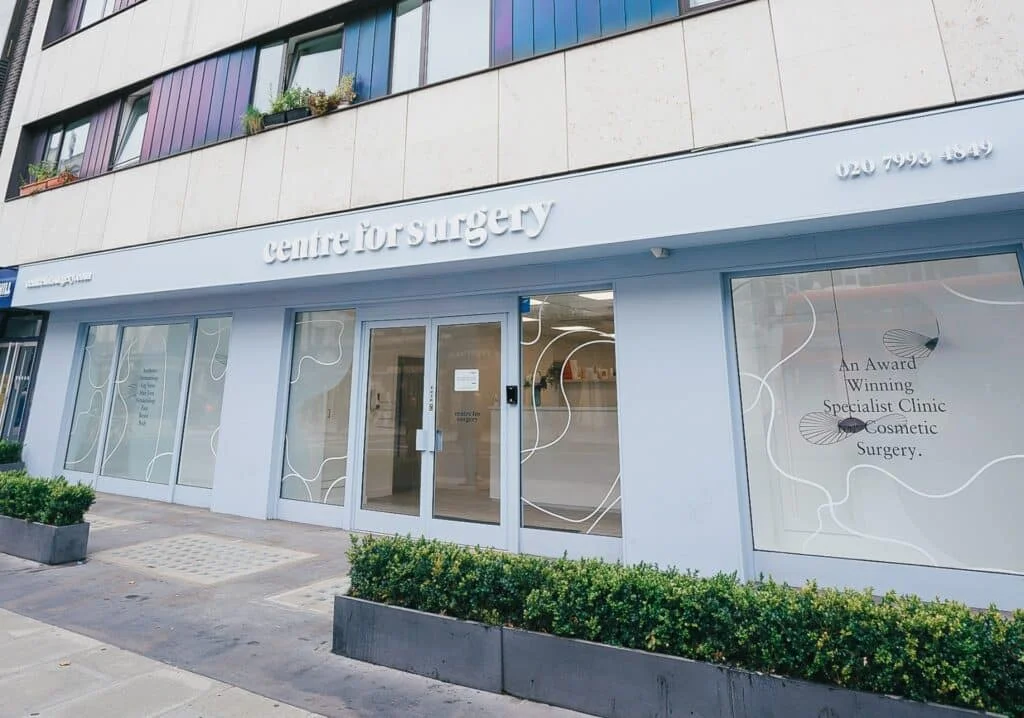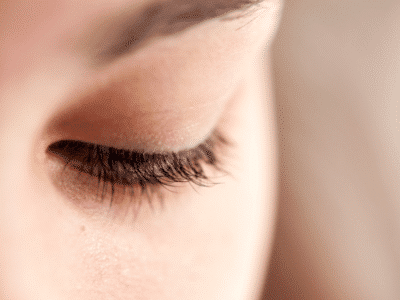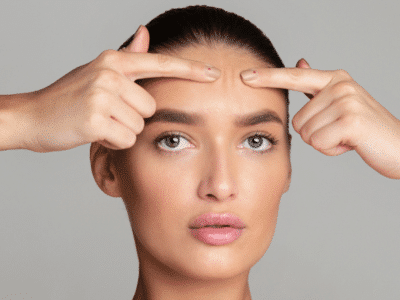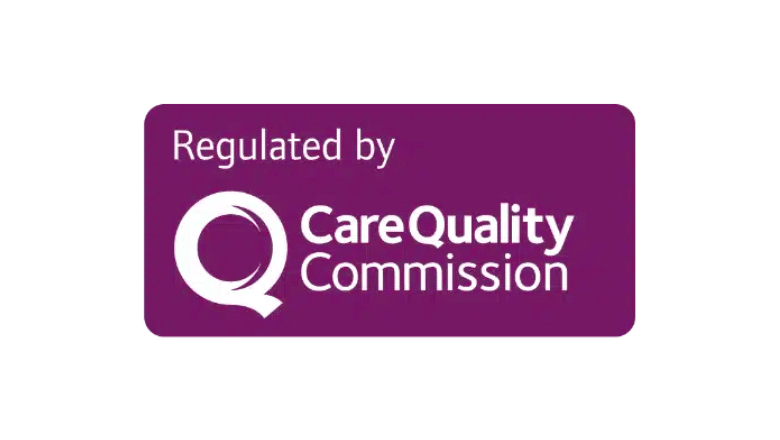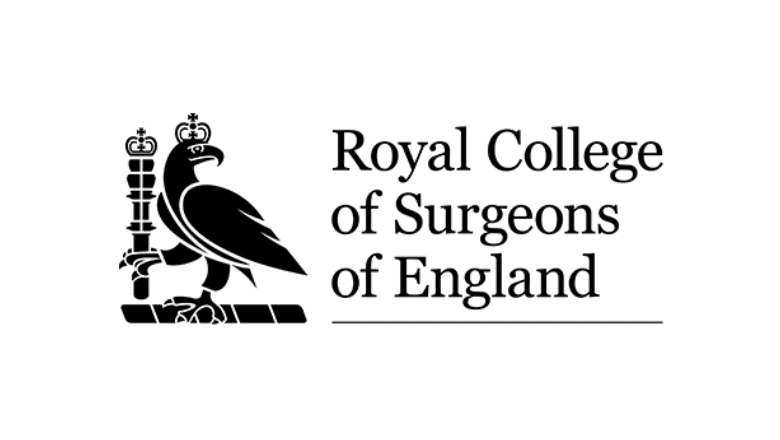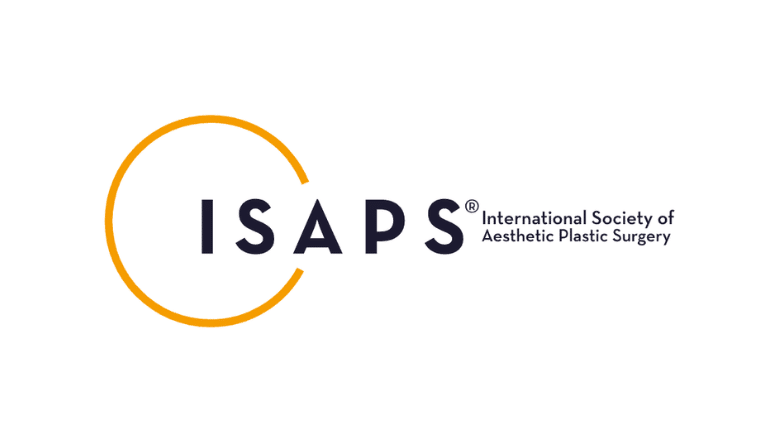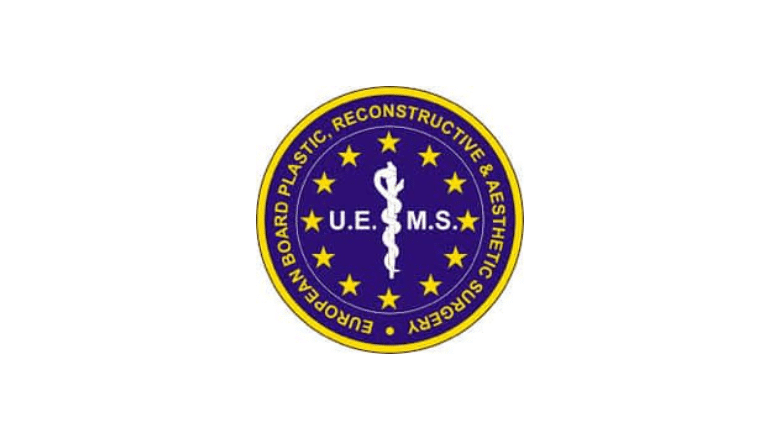The eyes are one of the most noticeable features of the face. So, it is understandable that it is a big decision to undergo eyelid surgery, otherwise known as a blepharoplasty. This is a surgical procedure that removes the excess skin from the upper and lower eyelids. While some people may choose to have either an upper or lower blepharoplasty, most people will opt to have both done at the same time.
To help calm any nerves that you’re feeling before undergoing your procedure, it is best to know all the possible facts about blepharoplasty.
1. Blepharoplasty can be performed under a local anaesthetic
Some people get nervous about the thought of surgery as they do not want to have a general anaesthetic, which means you will be asleep throughout the duration of the procedure. Fortunately, if you wish to undergo a blepharoplasty, you do not have to worry about being asleep. Blepharoplasty is performed under a local anaesthetic, so you will be awake but unable to feel any pain or discomfort.
2. It can help you to see better
As we naturally age, the skin sags around the eyes, and we lose the support of the lower eyelid. This can sometimes be considered to be aesthetically unappealing. More concerningly, it can have a functional effect and can negatively impact your eyesight. Undergoing a blepharoplasty to remove the excess skin will help you to regain your peripheral vision.
3. It is commonly combined with other procedures
Blepharoplasty improves the aesthetic appearance of the eyes, so it makes sense that patients would want to combine it with other cosmetic procedures. Patients will often choose to have procedures such as a facelift, brow lift, or other non-surgical facial rejuvenation procedures alongside a blepharoplasty. This will help ensure that the whole face appears more youthful rather than just the eyes.
RELATED: Exploring Options for Facial Rejuvenation: In-Depth Insights
4. Blepharoplasty scars are well hidden
Surgeries which involve incisions will often result in visible scars. However, the best cosmetic surgeons will take care to ensure that you will not have visible scars following your blepharoplasty. The most experienced surgeons will know the right techniques to follow to ensure you have the most aesthetically pleasing results possible. Incisions should be made along the natural crease lines of the eyelids.
RELATED: What Do Blepharoplasty Scars Look Like?
While you may be able to notice the incision line directly after the procedure, this will quickly fade and become less visible.
Before proceeding with surgery, ensure you have researched your surgeon and the clinic you are attending. You may wish to ask for before and after photographs of blepharoplasty procedures your surgeon has performed. This will give you a good idea of what they are capable of, whether they leave noticeable scars and what results they will be able to achieve with you. If you go to a surgeon who is not experienced or qualified, you may end up with noticeable scarring or less-than-satisfactory results.
5. The recovery after eyelid surgery is relatively straightforward
The recovery period is often one of the things that makes people reconsider having plastic surgery. You imagine lots of bruising and swelling, feeling lots of pain and having to take lots of time off work. It doesn’t sound appealing at all. Do not worry – recovery from blepharoplasty is not as daunting as you might imagine.
RELATED: Recovery After Eyelid Surgery – Post-Op Tips and Timeline for Blepharoplasty
While it is normal to experience some bruising and swelling, this will only last a few days. You may wish to apply ice packs to your eyes to help reduce any symptoms. You will need to try and avoid excess sun exposure during the recovery period.
6. Blepharoplasty results are long-lasting
Some procedures will require maintenance – the results will fade or completely disappear, or you will need to replace implants. This is not the case for a blepharoplasty. The results from your blepharoplasty will last a lifetime. As you continue to age, you may notice that the skin on the upper eyelid will continue to droop or become puffy. However, this can be remedied with a brow lift or anti-wrinkle injections rather than undergoing a second blepharoplasty.
Types of Eyelid Surgery
Upper Blepharoplasty
Upper blepharoplasty is also known as upper eyelid surgery. It allows upper eyelid rejuvenation without undergoing significant facial changes, as with a facelift. It is normal to have eyelid skin, but with the ageing process, the reduction of collagen and elastin leads to eyelid laxity, and this can make a person look more tired. Patients will often remark their work colleagues think they always look tired. For women, the application of make-up can become more difficult due to the extra loose skin and applying cosmetics like eyeshadow becomes more challenging to apply. For younger women in their thirties, one of the most common reasons for seeking upper blepharoplasty is the difficulty with applying makeup. Patients often notice their upper eyelids feel heavier, and they may actively elevate their brows without thinking about opening their eyes more. Constant activation of the frontalis muscle, which is the main elevator of the brow, may increase the incidence of horizontal forehead wrinkles. Treating these forehead wrinkles with neurotoxin is not effective until the extra skin of the upper eyelid is removed. Many practitioners will incorrectly treat the frontalis muscle with neurotoxin when the patient actually needs an upper blepharoplasty. This is because the neurotoxin will prevent the brows from being able to be raised, and this will amplify the impression of the upper eyelids looking even more saggy and droopy. In these cases, treating the upper eyelids before the horizontal forehead lines is always prioritised.
Lower Blepharoplasty
Patients often seek a lower blepharoplasty to address the presence of under-eye bags. Patients both feel as if they look constantly tired as well as being remarked upon by work colleagues. The skin of the lower eyelid is the thinnest skin on the entire face. It is, therefore, very prone to undergoing premature ageing changes with the appearance of wrinkly skin. Patients will often have targeting injections of HA filler to this area, which are referred to as ‘tear trough’ injections. Injection of the tear trough is one of the most challenging areas to treat. Sometimes, the area is inappropriately treated with HA filler when the more suitable treatment is a lower blepharoplasty. The treatment of dark circles, the hollowness of the lower eyelids and loose skin is optimally addressed with a combination of lower blepharoplasty, fat grafting and laser resurfacing. It is essential to consult with a specialist facial plastic surgeon to ensure you get optimal outcomes.
Aesthetic vs Functional Blepharoplasty
An aesthetic blepharoplasty is performed on the upper and lower eyelids. Aesthetic eyelid surgery is indicated for rejuvenation of the upper and lower eyelid region.
Functional blepharoplasty is used when the extra upper eyelid interferes with the patient’s vision or due to some other medical issue such as excessive tearing, thyroid eye disease, removal of eyelid lumps and bumps or revision blepharoplasty.
Are you interested in blepharoplasty in London? Centre for Surgery currently offers this procedure. Contact us today to find out more information or to book a consultation.
